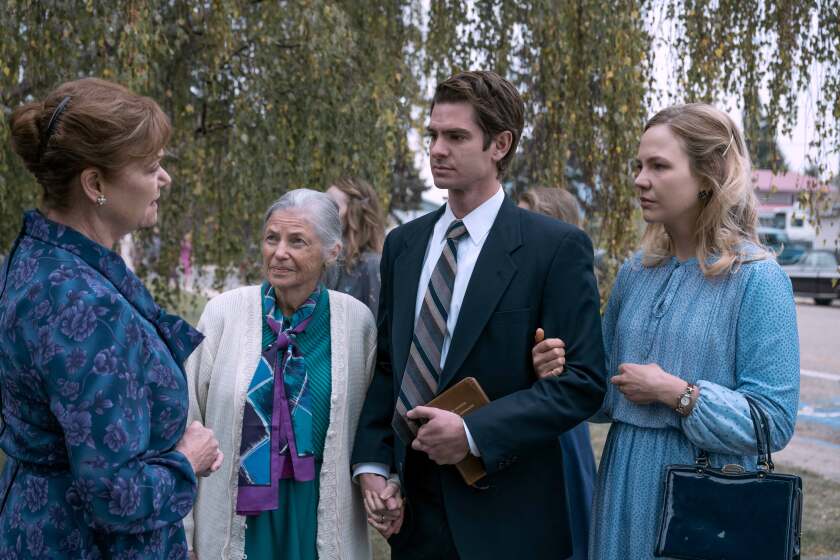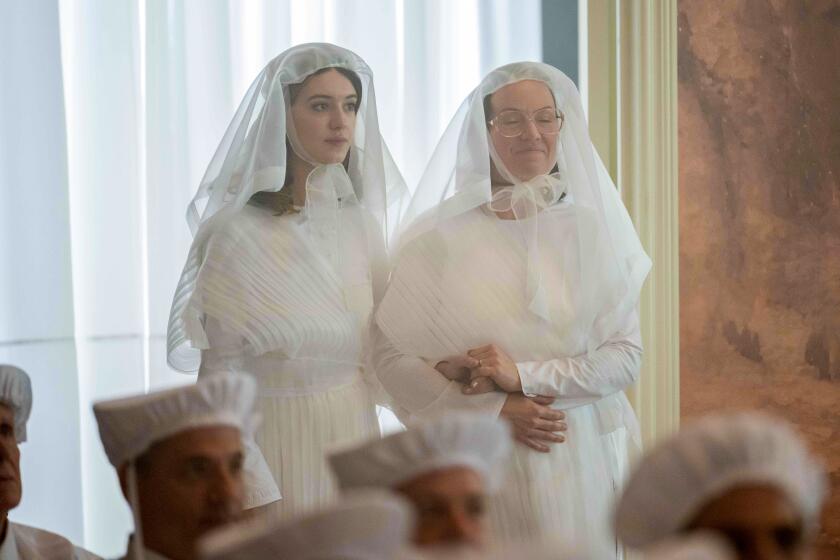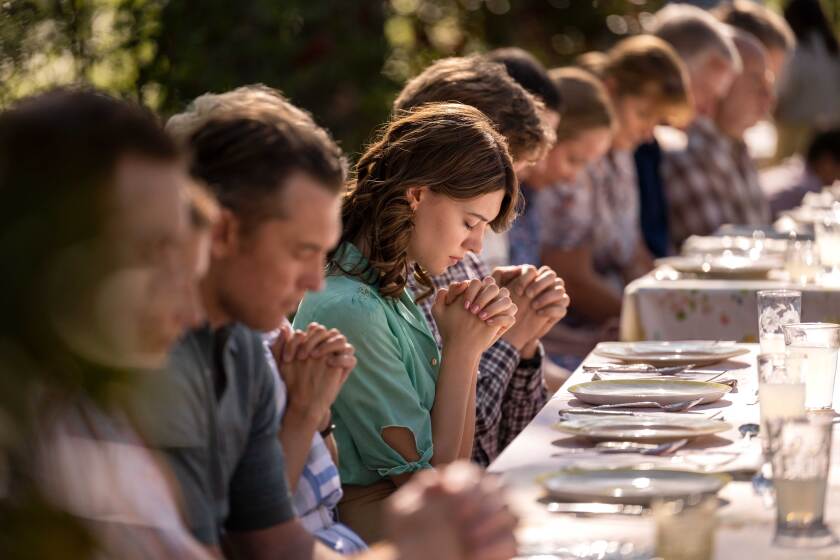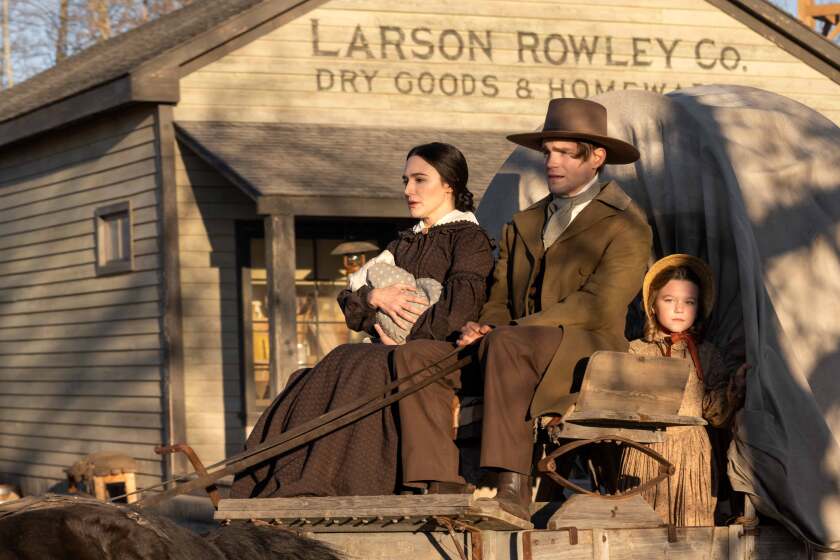Commentary: Church members came after a buzzy TV show. They’re ignoring Mormonism’s dark past
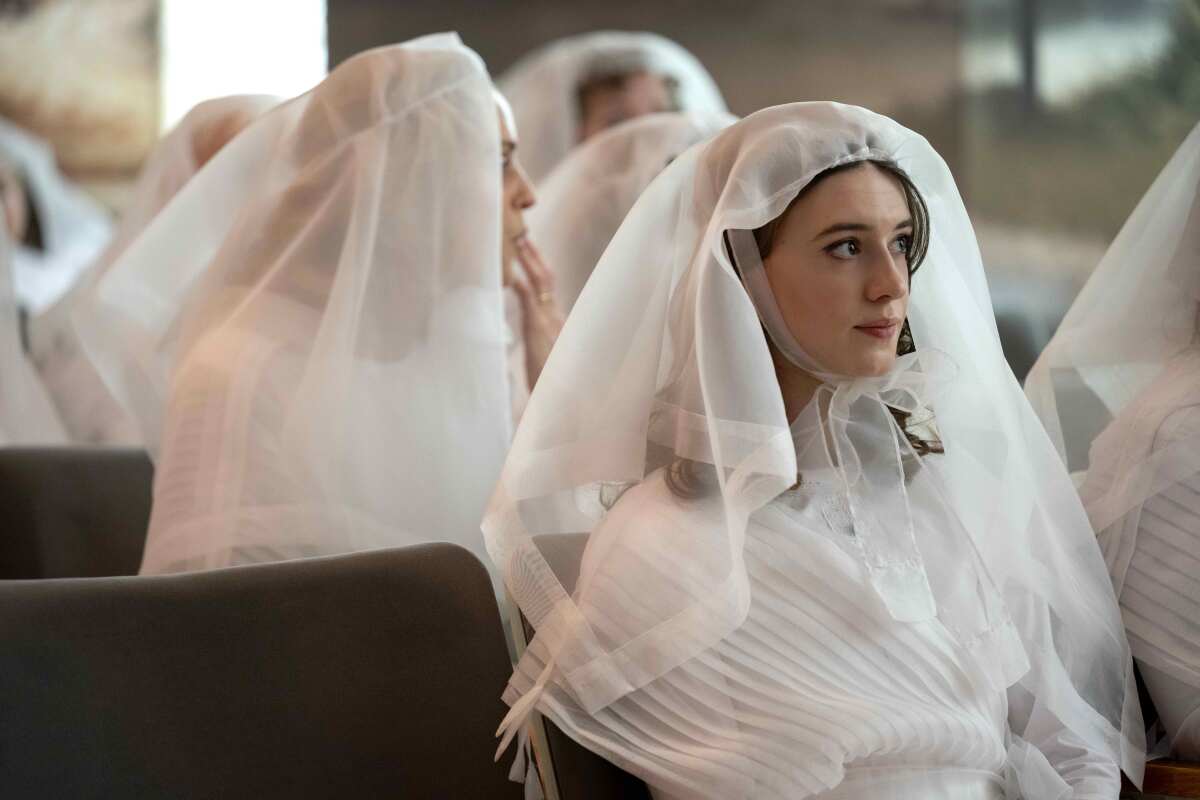
- Share via
It all started with Roy. Or maybe it started when his casket was lowered into the hard Wasatch soil. The son of Warren Jeffs, a so-called prophet, Roy was 26 when he died by suicide. I was 36, newly divorced and figuring out how to live on my own for the first time. Roy was more than the son of a cult leader, a former fundamentalist, the latest but not the last in Utah’s skyrocketing casualties of suicide. He was my friend.
Roy and I became close shortly after he left his Fundamentalist Latter-Day Saints compound in 2014. Scraping together the few belongings he didn’t share with his 50-plus siblings, he purchased a bus ticket and escaped to what he hoped would be freedom.
But leaving the FLDS meant Roy had to sever connections with family, including his mother, with whom he had had to navigate strict and sometimes unspeakable conditions. Warren’s rule as FLDS prophet cast anyone who left on a jagged trajectory; the shrapnel caused by a break with him was chaotic and violent by design. To disobey him was to lose everything, especially the relationships that mattered most. When he finally spoke out against his father’s abuse, Roy was ridiculed and dismissed by members of his own community.
We met at a time when our Mormon lives were unraveling. Though we came from different expressions of Mormonism, we shared a common faith language: one that sang the same hymns, memorized the same scriptural passages, and believed in many of the same religious texts. We both grew up believing Joseph Smith was the greatest man ever to live on the earth besides Jesus. Ours was a world shaped by similar conceptions of heaven, hell and purpose. We came from different sects and swore fealty to different men, but we were both Mormons questioning the stories of our upbringing.
Practicing Latter-day Saints tell The Times that the lauded Hulu series misrepresents their community: ‘This is not what representation looks like.’
I study Mormon history for a living and am no stranger to its complexities. I use the term “Mormon” as an umbrella expression to represent the hundreds of different sects and beliefs that exist underneath it. My own group, the Church of Jesus Christ of Latter-day Saints, has made an attempt to distance itself from the “Mormon” moniker, since the name is not without baggage. But many Saints, whether they be fundamentalist or mainstream, seem to be unaware of how little the rest of the world cares about the distinctions between the different flavors of the faith. Until now.
In serving as a historical consultant on FX’s “Under the Banner of Heaven,” now streaming on Hulu, I hoped to help bring those distinctions squarely into the spotlight. Perhaps especially because the LDS Church remains predictably averse to its own history: It has spent millions of dollars on public relations campaigns and developed several feature-length productions depicting our history. And unlike “Banner,” which has been criticized by a number of Saints, the church community grants the errors or artistic license of these other productions plenty of grace — so long as they cast our history in a positive light.
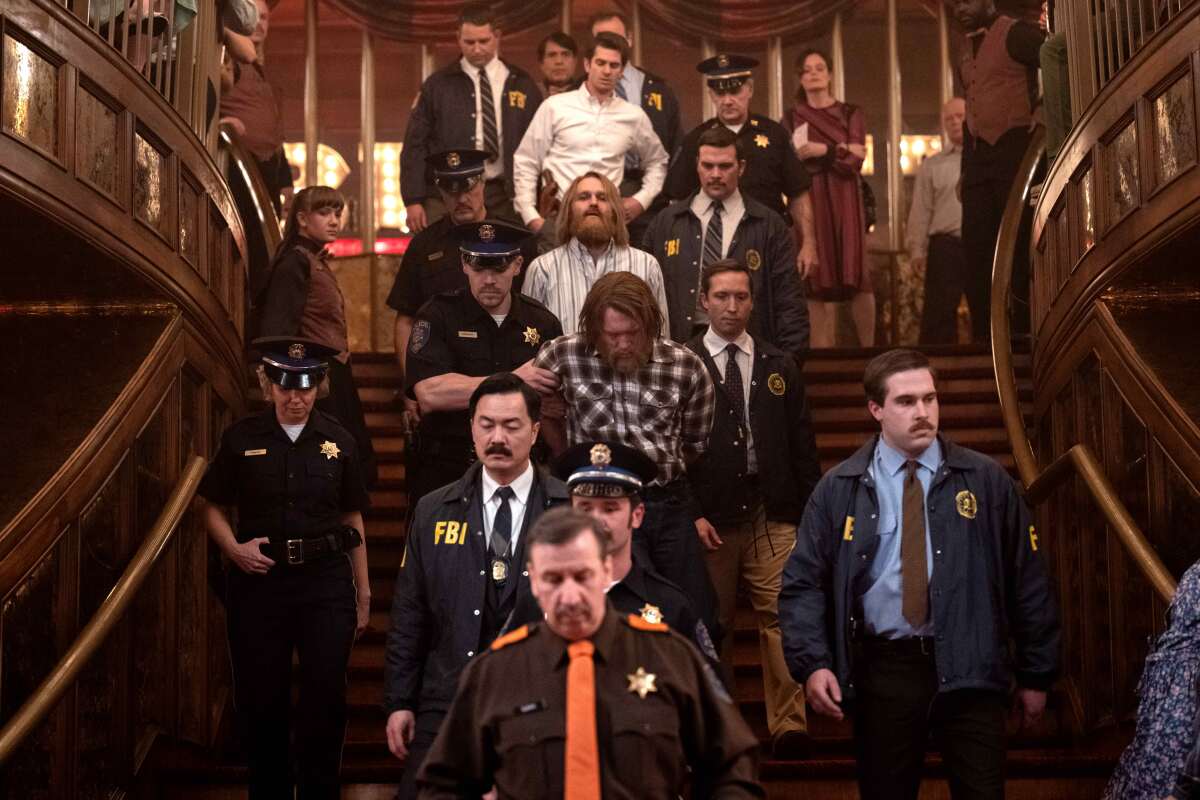
But when Jon Krakauer’s book, about a 1984 double murder committed by fundamentalists Dan and Ron Lafferty,first appeared in 2003, Mormons across North America protested that it was just another instance in a long pattern of misrepresentation and persecution from the outside world. As a researcher of Mormon fundamentalism, and someone who engages its shadow sides every day, I appreciated the book. It took a brave, hard look at the subconscious of Mormon doctrine. It wasn’t a pretty story, but abuse inside an otherwise peaceful religion rarely is.
Many Latter-day Saints prefer our script to say: We are a persecuted religious minority whose ancestors suffered death and destruction at the hands of an angry world not prepared for God’s truth. Outsiders who don’t extol our virtues join the mobs of history that martyred our founding prophet, Joseph Smith.
Through insider sources and meticulous research, Hulu’s ‘Under the Banner of Heaven’ sheds light on aspects of church life rarely seen by outsiders.
Which may explain why “Banner,” adapted by former Mormon Dustin Lance Black from Krakauer’s book, led numerous LDS critics to question Black’s qualifications to tell the story and insist that “no practicing Mormons were consulted on the show.” Translation: any depiction of Mormons or Mormonism in this series is prima facie false and unfair. Pay no attention to it.
In truth, the series went to great lengths to employ experts and consultants from a variety of different fields, including cultural expert Troy Williams, Claudina Teller from the Paiute nation, Courtney Young, a dialect specialist, and many others. We have been very open about consulting several “practicing” Latter-day Saints, current and former temple workers, a sitting LDS bishop, fundamentalist Mormons, scholars, historians and experts involved in the Lafferty case, even though LDS Church newspapers and Mormon writers continue to state otherwise.
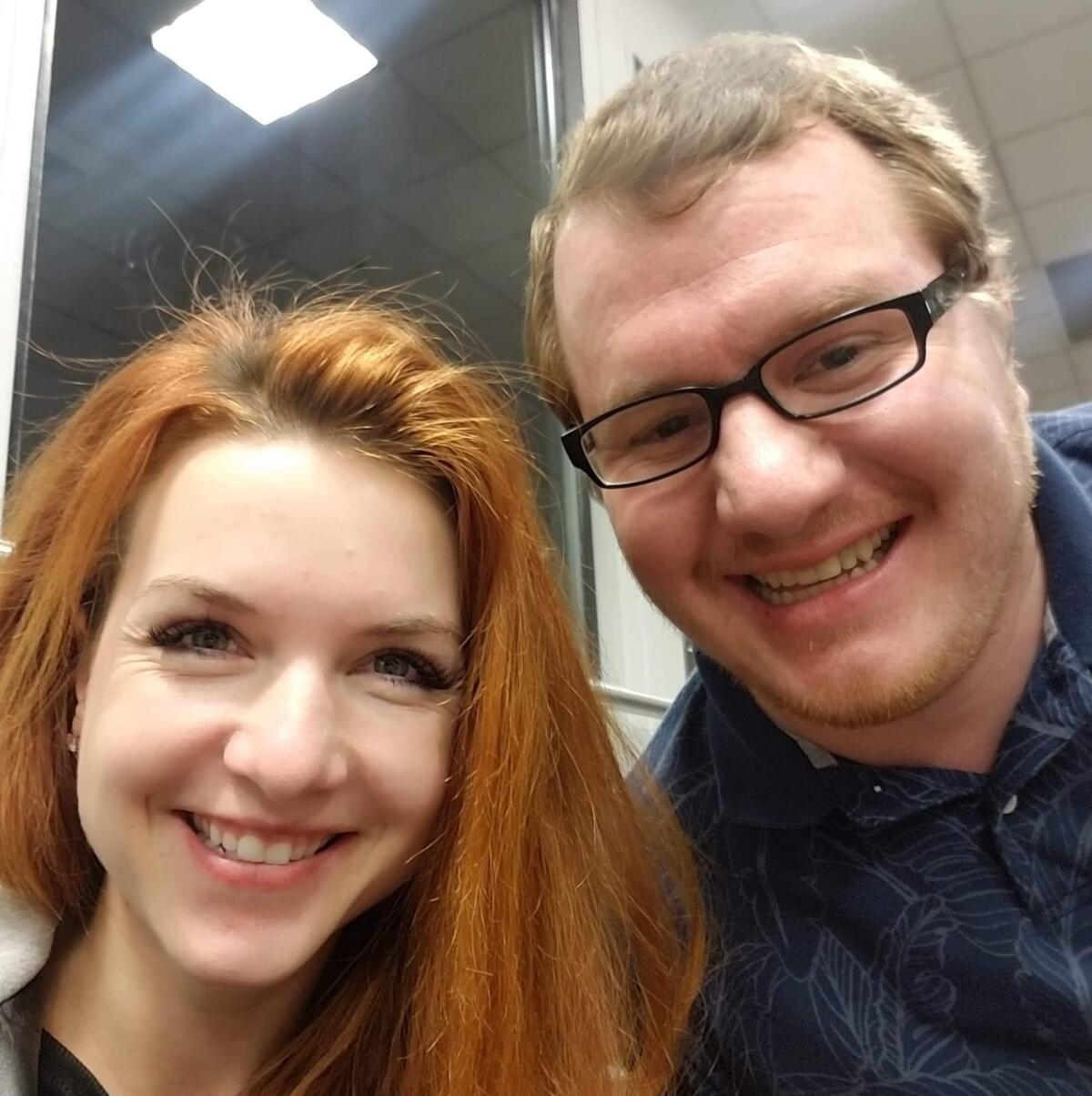
But that is only a side point. The real difficulty goes much deeper.
The idea that someone must be “practicing” in order to present a fair story leads in a chilling direction: the belief that Dan Lafferty should have written the script. Warren Jeffs should have written it. Ammon Bundy and his brothers should have written it.
In ‘Under the Banner of Heaven,’ based on the book by Jon Krakauer, Dustin Lance Black delivers an unflinching portrait of the faith he grew up in.
Adhering to these rules not only allows the narrative to be told by men whose violence can be justified by God but also suggests that the people in power will always be right, and the people abused by them will always be wrong. Like Roy, the Laffertys’ victims, Brenda Lafferty and her infant daughter Erica, were victims of various aspects of Mormonism. And all are silenced if we allow only “practicing” Mormons to write our stories.
Mormonism does have a pattern of violence and patriarchal fundamentalism, regardless of our protestations otherwise. Not every Mormon is violent, but every Mormon has participated in a system of violence whenever upholding doctrines of racism, sexism and homophobia. That is hard medicine to swallow, and I’ve felt the sting of it in myself.
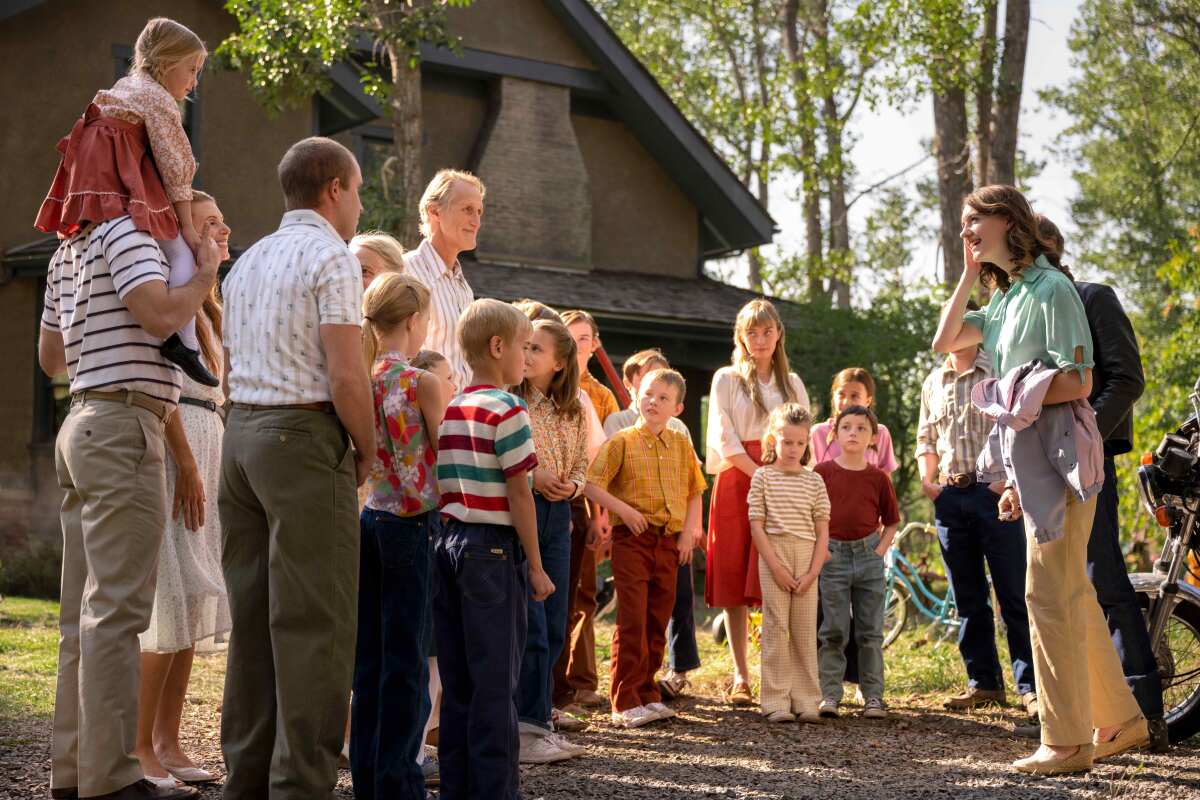
Ignoring the dark aspects of our past, culture, and doctrine means we drink from what Anne Michaels called the “poisoned well” of history, “seeping into the ground-water.” Which is precisely why Mormonism continues to be the root of atrocities like the Lafferty murders, the Daybell murders, Samuel Shaffer and the Knights of the Crystal Blade, Susan Powell’s disappearance, and Elizabeth Smart’s kidnapping.
With such heart-wrenching violence in our distant and all-too-present history, I’m wary of any Latter-day Saint who watches “Banner” and spends more time criticizing the superficialities of what it gets wrong than what deep patterns it gets materially right. And yes, periodically these patterns need to be pointed out by someone “outside” the church. After all, it often seems we cannot see them for ourselves. Instead, when someone reveals harmful experiences they had in the church, they are told they have an “ax to grind” or that it didn’t happen the way they think it did. Their traumas are dismissed on technicalities. The frequency of their stories isn’t seen as testimony to a pattern but an indictment of their own credibility. This is why many who leave Mormonism, like Lance, are dismissed for their anger. If anger is a character flaw, rather than evidence of abuse, then it needn’t be addressed.
The detective story is also a period piece tracing Latter-day Saints history and the journey of founding prophet Joseph Smith. Here’s how they did it.
It was precisely this dark pattern that plagued Roy when he spoke out about his own abuse. When Roy left his compound, he faced a new world churning with the legacy of his father’s crimes and bereft of any communication with his mother. When I stopped going to church, though it strained my relationship with my mother for years, I still got to keep her. But both Roy and I knew on a bone-deep level what it felt like to have our pain dismissed by those we loved and trusted most.
My work around Mormon fundamentalism didn’t start with Roy, but my relationship with him helped fuel my motivation to pour my heart and soul into “Under the Banner of Heaven.” In him I will always see the courage of a man who faced down his own sins and the sins of his family to tell a greater truth to the world, acknowledging the shadow and the light. He was a lonesome pioneer traveling toward a new horizon.
I dedicated my work on “Banner” as an act of personal and generational accountability. It is a witness to the faith I still hold in my Mormon people. Dustin Lance Black was similarly motivated. Anyone that has worked with him on this project knows it is a work of soul. My hope is that our Mormon communities can begin to see the Hulu series as an invitation to travel through the wilderness to confront our shame. As Mormons, we want our tradition to be good, to be righteous and true. But it won’t and can’t be unless we acknowledge our sins and the patterns that spawned them.
Lindsay Hansen Park hosts the popular “Year of Polygamy” podcast about the history of Mormon polygamy. She is also the executive director of the Sunstone Education Foundation, a Mormon studies open forum, and was an official consultant for FX’s “Under the Banner of Heaven.”
More to Read
The complete guide to home viewing
Get Screen Gab for everything about the TV shows and streaming movies everyone’s talking about.
You may occasionally receive promotional content from the Los Angeles Times.
